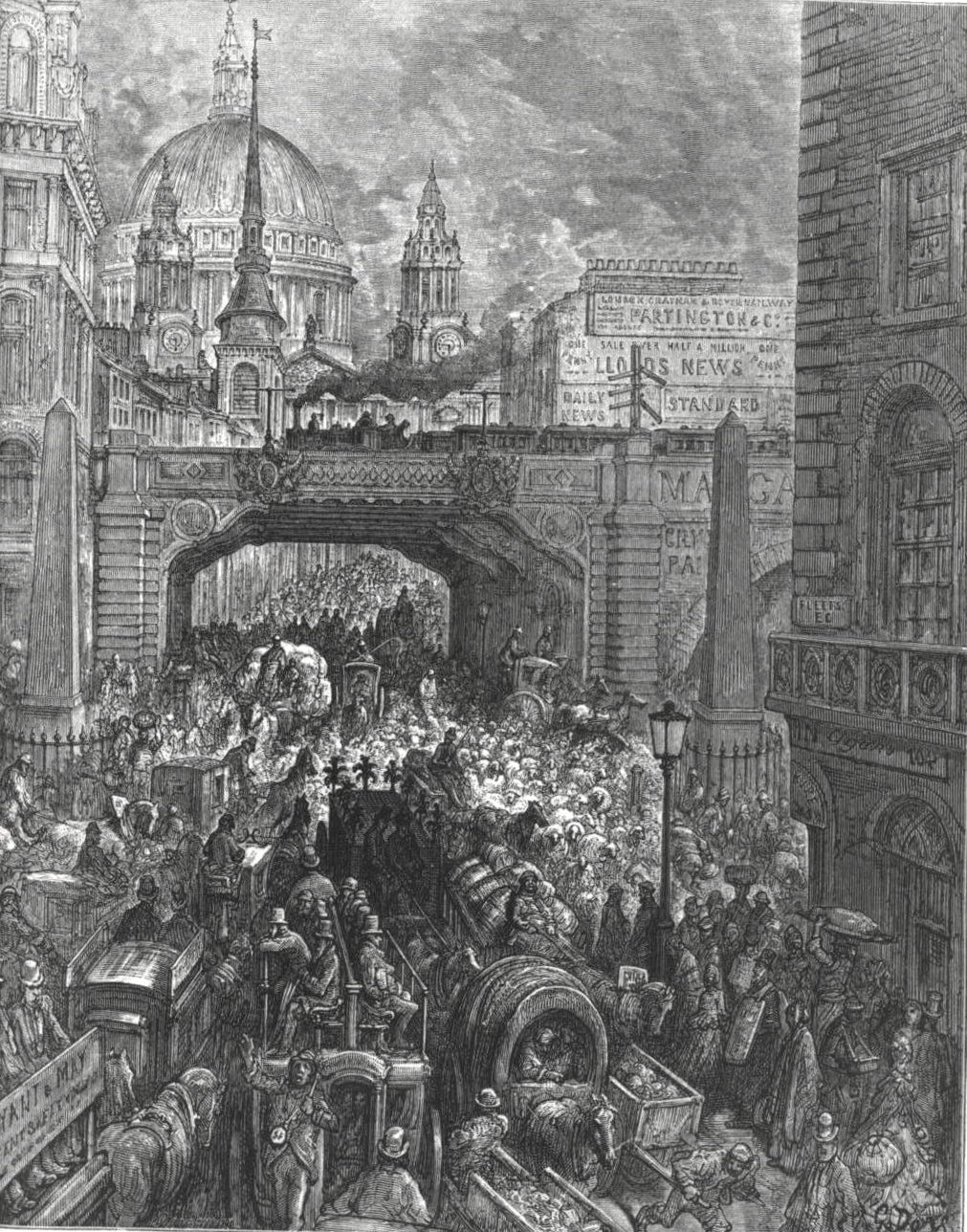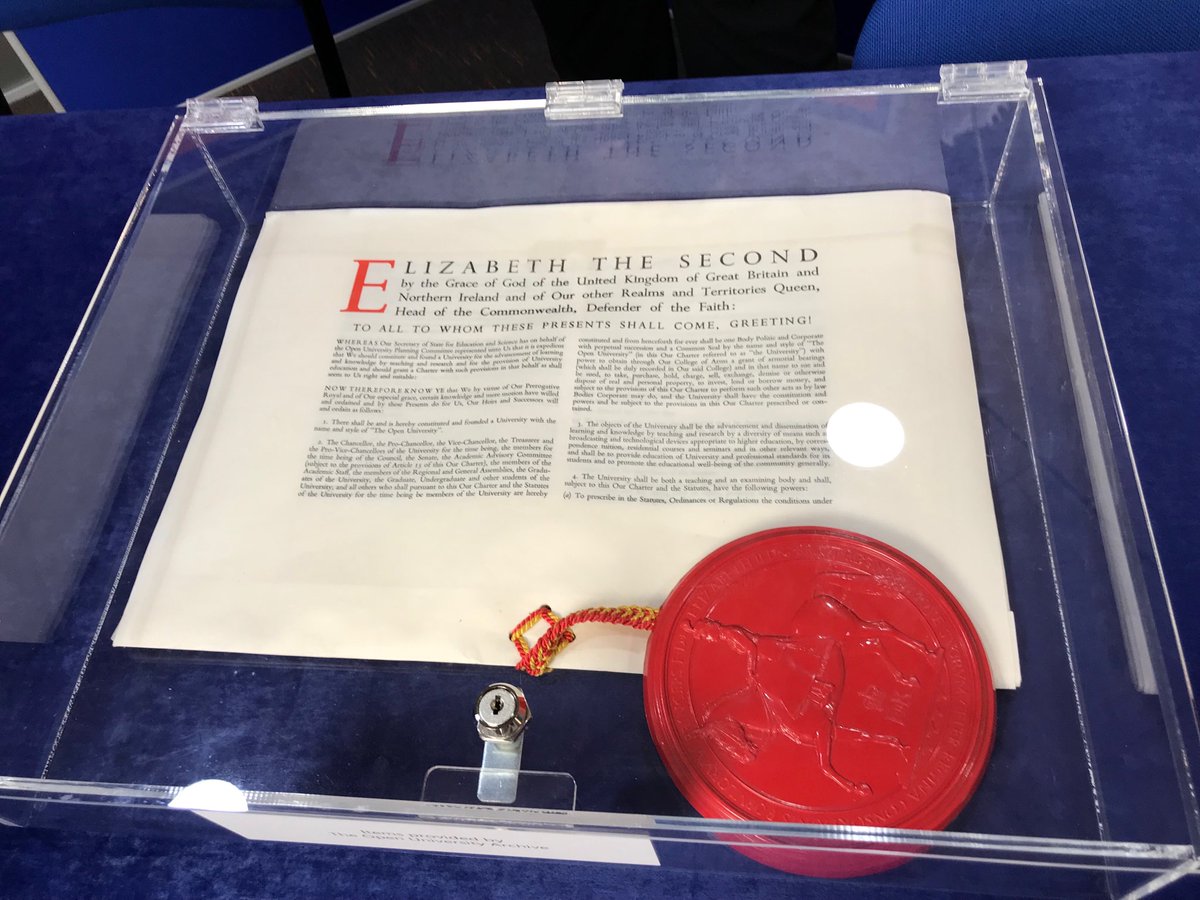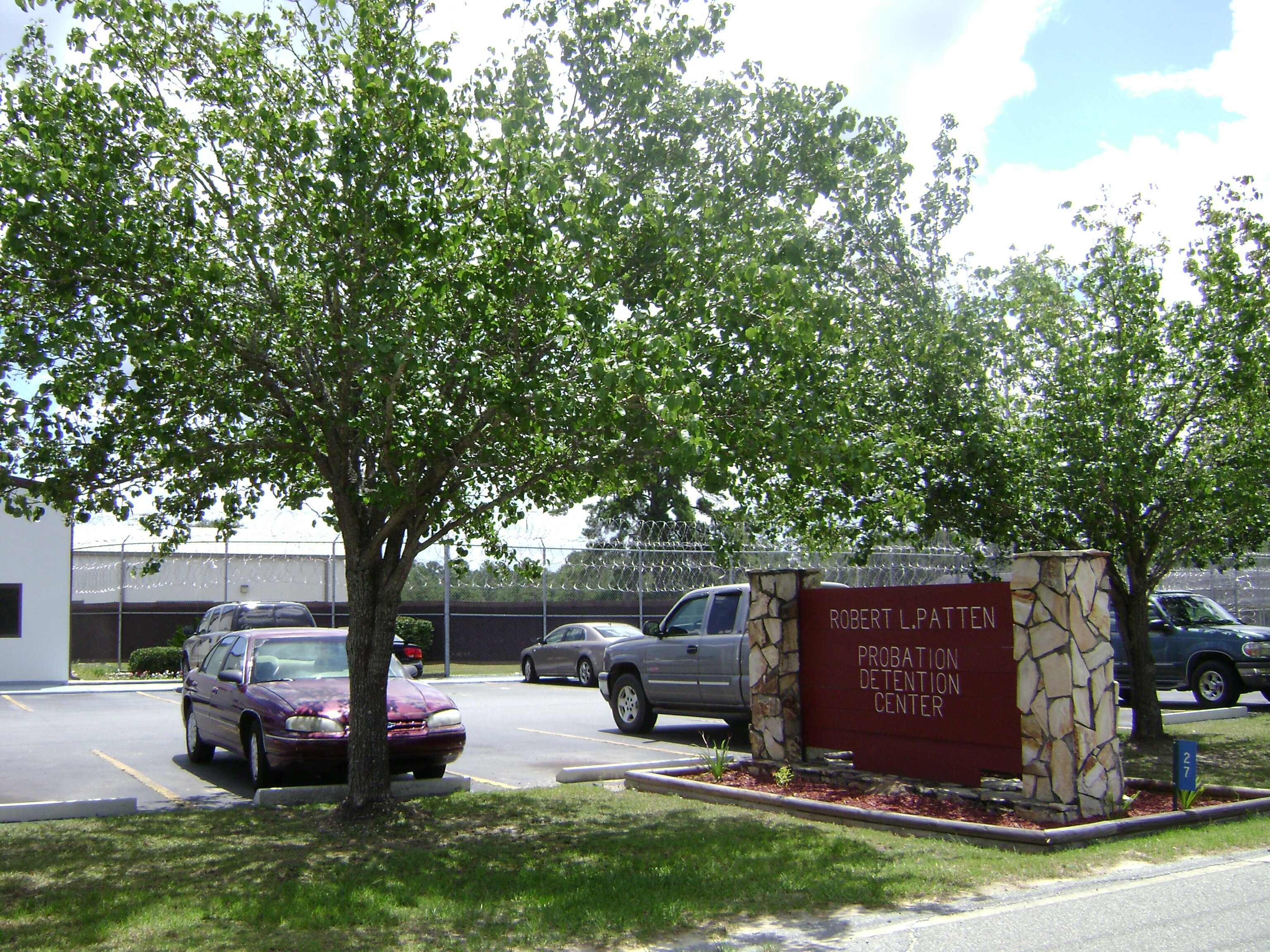|
Alexander Day (con Artist)
Alexander Day (also known as Marmaduke Davenport, Esq.) was a British sharper known for cons committed in London in September 1722. Originally from St Andrew Holborn, Day went under the name Marmaduke Davenport, Esq. and hired a carriage and footman to create the impression to shopkeepers in London that he was a respected member of the gentry. Once the shop proprietors had supplied their goods, Day would flee without paying. In 1723, Day was arrested in connection with a robbery of a mail coach in Clapham. Although he was ruled out as a suspect of this crime, he was indicted on four counts of defrauding and two counts of grand larceny for crimes committed in the September of the previous year. After his trial, Day was found guilty on all counts of defrauding and was sentenced to two years' imprisonment at Newgate Prison, which included standing twice in the pillory and paying a fine of £200. Criminal career Alexander Day originated from the parish of St Andrew, Holborn. He ... [...More Info...] [...Related Items...] OR: [Wikipedia] [Google] [Baidu] |
Defrauding
In law, fraud is intentional deception to secure unfair or unlawful gain, or to deprive a victim of a legal right. Fraud can violate civil law (e.g., a fraud victim may sue the fraud perpetrator to avoid the fraud or recover monetary compensation) or criminal law (e.g., a fraud perpetrator may be prosecuted and imprisoned by governmental authorities), or it may cause no loss of money, property, or legal right but still be an element of another civil or criminal wrong. The purpose of fraud may be monetary gain or other benefits, for example by obtaining a passport, travel document, or driver's license, or mortgage fraud, where the perpetrator may attempt to qualify for a mortgage by way of false statements. Internal fraud, also known as "insider fraud", is fraud committed or attempted by someone within an organisation such as an employee. A hoax is a distinct concept that involves deliberate deception without the intention of gain or of materially damaging or depriving a victi ... [...More Info...] [...Related Items...] OR: [Wikipedia] [Google] [Baidu] |
Newcastle Upon Tyne
Newcastle upon Tyne ( RP: , ), or simply Newcastle, is a city and metropolitan borough in Tyne and Wear, England. The city is located on the River Tyne's northern bank and forms the largest part of the Tyneside built-up area. Newcastle is also the most populous city of North East England. Newcastle developed around a Roman settlement called Pons Aelius and the settlement later took the name of a castle built in 1080 by William the Conqueror's eldest son, Robert Curthose. Historically, the city’s economy was dependent on its port and in particular, its status as one of the world's largest ship building and repair centres. Today, the city's economy is diverse with major economic output in science, finance, retail, education, tourism, and nightlife. Newcastle is one of the UK Core Cities, as well as part of the Eurocities network. Famous landmarks in Newcastle include the Tyne Bridge; the Swing Bridge; Newcastle Castle; St Thomas’ Church; Grainger Town including G ... [...More Info...] [...Related Items...] OR: [Wikipedia] [Google] [Baidu] |
British Robbers
British may refer to: Peoples, culture, and language * British people, nationals or natives of the United Kingdom, British Overseas Territories, and Crown Dependencies. ** Britishness, the British identity and common culture * British English, the English language as spoken and written in the United Kingdom or, more broadly, throughout the British Isles * Celtic Britons, an ancient ethno-linguistic group * Brittonic languages, a branch of the Insular Celtic language family (formerly called British) ** Common Brittonic, an ancient language Other uses *''Brit(ish)'', a 2018 memoir by Afua Hirsch *People or things associated with: ** Great Britain, an island ** United Kingdom, a sovereign state ** Kingdom of Great Britain (1707–1800) ** United Kingdom of Great Britain and Ireland (1801–1922) See also * Terminology of the British Isles * Alternative names for the British * English (other) * Britannic (other) * British Isles * Brit (other) * Briton (d ... [...More Info...] [...Related Items...] OR: [Wikipedia] [Google] [Baidu] |
Ludgate Hill
Ludgate Hill is a street and surrounding area, on a small hill in the City of London. The street passes through the former site of Ludgate, a city gate that was demolished – along with a gaol attached to it – in 1760. The area includes St Paul's Cathedral. The modern cathedral, it has been claimed, was built on a site that – during the Roman British era of the early first millennium – was occupied by a major Roman temple, dedicated to the goddess Diana. Ludgate Hill itself is traditionally regarded as one of a trio of hills in Central London, the others being Tower Hill and Cornhill. The highest point is just north of St Paul's, at above sea level. The modern street named Ludgate Hill, which was previously a much narrower thoroughfare named Ludgate Street, runs between St Paul's Churchyard and Ludgate Circus (built in 1864), at which point it becomes Fleet Street. Description Many small alleys on Ludgate Hill were swept away in the mid 1860s to build Ludgate ... [...More Info...] [...Related Items...] OR: [Wikipedia] [Google] [Baidu] |
Faeces
Feces ( or faeces), known colloquially and in slang as poo and poop, are the solid or semi-solid remains of food that was not digested in the small intestine, and has been broken down by bacteria in the large intestine. Feces contain a relatively small amount of metabolic waste products such as bacterially altered bilirubin, and dead epithelial cells from the lining of the gut. Feces are discharged through the anus or cloaca during defecation. Feces can be used as fertilizer or soil conditioner in agriculture. They can also be burned as fuel or dried and used for construction. Some medicinal uses have been found. In the case of human feces, fecal transplants or fecal bacteriotherapy are in use. Urine and feces together are called excreta. Skatole is the principal compound responsible for the unpleasant smell of feces. Characteristics The distinctive odor of feces is due to skatole, and thiols (sulfur-containing compounds), as well as amines and carboxylic acids. Skatole ... [...More Info...] [...Related Items...] OR: [Wikipedia] [Google] [Baidu] |
Covent Garden
Covent Garden is a district in London, on the eastern fringes of the West End, between St Martin's Lane and Drury Lane. It is associated with the former fruit-and-vegetable market in the central square, now a popular shopping and tourist site, and with the Royal Opera House, itself known as "Covent Garden". The district is divided by the main thoroughfare of Long Acre, north of which is given over to independent shops centred on Neal's Yard and Seven Dials, while the south contains the central square with its street performers and most of the historical buildings, theatres and entertainment facilities, including the London Transport Museum and the Theatre Royal, Drury Lane. The area was fields until briefly settled in the 7th century when it became the heart of the Anglo-Saxon trading town of Lundenwic, then abandoned at the end of the 9th century after which it returned to fields. By 1200 part of it had been walled off by the Abbot of Westminster Abbey for use as arable l ... [...More Info...] [...Related Items...] OR: [Wikipedia] [Google] [Baidu] |
Open University
The Open University (OU) is a British public research university and the largest university in the United Kingdom by number of students. The majority of the OU's undergraduate students are based in the United Kingdom and principally study off-campus; many of its courses (both undergraduate and postgraduate) can also be studied anywhere in the world. There are also a number of full-time postgraduate research students based on the 48-hectare university campus in Milton Keynes, where they use the OU facilities for research, as well as more than 1,000 members of academic and research staff and over 2,500 administrative, operational and support staff. The OU was established in 1969 and was initially based at Alexandra Palace, north London, using the television studios and editing facilities which had been vacated by the BBC. The first students enrolled in January 1971. The university administration is now based at Walton Hall, Milton Keynes, in Buckinghamshire, but has administratio ... [...More Info...] [...Related Items...] OR: [Wikipedia] [Google] [Baidu] |
Probation
Probation in criminal law is a period of supervision over an offender, ordered by the court often in lieu of incarceration. In some jurisdictions, the term ''probation'' applies only to community sentences (alternatives to incarceration), such as suspended sentences. In others, probation also includes supervision of those conditionally released from prison on parole. An offender on probation is ordered to follow certain conditions set forth by the court, often under the supervision of a probation officer. During the period of probation, an offender faces the threat of being incarcerated if found breaking the rules set by the court or probation officer. Offenders are ordinarily required to maintain law-abiding behavior, and may be ordered to refrain from possession of firearms, remain employed, participate in an educational program, abide a curfew, live at a directed place, obey the orders of the probation officer, or not leave the jurisdiction. The probationer might be ordere ... [...More Info...] [...Related Items...] OR: [Wikipedia] [Google] [Baidu] |
Mortgage Law
A mortgage is a legal instrument of the common law which is used to create a security interest in real property held by a lender as a security for a debt, usually a mortgage loan. ''Hypothec'' is the corresponding term in civil law jurisdictions, albeit with a wider sense, as it also covers non-possessory lien. A mortgage in itself is not a debt, it is the lender's security for a debt. It is a transfer of an interest in land (or the equivalent) from the owner to the mortgage lender, on the condition that this interest will be returned to the owner when the terms of the mortgage have been satisfied or performed. In other words, the mortgage is a security for the loan that the lender makes to the borrower. The word is a Law French term meaning "dead pledge," originally only referring to the Welsh mortgage (''see below''), but in the later Middle Ages was applied to all gages and reinterpreted by folk etymology to mean that the pledge ends (dies) either when the obligation is f ... [...More Info...] [...Related Items...] OR: [Wikipedia] [Google] [Baidu] |
Brocade
Brocade is a class of richly decorative shuttle-woven fabrics, often made in colored silks and sometimes with gold and silver threads. The name, related to the same root as the word "broccoli", comes from Italian ''broccato'' meaning "embossed cloth", originally past participle of the verb ''broccare'' "to stud, set with nails", from ''brocco'', "small nail", from Latin ''broccus'', "projecting, pointed". Brocade is typically woven on a draw loom. It is a supplementary weft technique; that is, the ornamental brocading is produced by a supplementary, non-structural, weft in addition to the standard weft that holds the warp threads together. The purpose of this is to give the appearance that the weave was actually embroidered on. In Guatemala, brocade is the most popular technique used to decorate fabric woven by Maya weavers on backstrap looms. Ornamental features in brocade are emphasized and wrought as additions to the main fabric, sometimes stiffening it, though more fre ... [...More Info...] [...Related Items...] OR: [Wikipedia] [Google] [Baidu] |
Cambric
Cambric or batiste, is a fine dense cloth. It is a lightweight plain-weave fabric, originally from the commune of Cambrai (in present-day northern France), woven greige (neither bleached nor dyed), then bleached, piece-dyed, and often glazed or calendered. Initially it was made of linen; from the 18th and 19th centuries the term came to apply to cotton fabrics as well. Chambray is the same type of fabric, with a coloured (often blue or grey) warp and white filling; the name "chambray" replaced "cambric" in the United States in the early 19th century. Cambric is used as fabric for linens, shirts, handkerchiefs, ruffs, lace, and in needlework. Description Cambric is a finely woven cloth with a plain weave and a smooth surface appearance, the result of the calendering process. It may be made of linen or cotton. The fabric may be dyed any of many colours. Batiste is a kind of cambric; it is "of similar texture, but differently finished, and made of cotton as well as ... [...More Info...] [...Related Items...] OR: [Wikipedia] [Google] [Baidu] |








